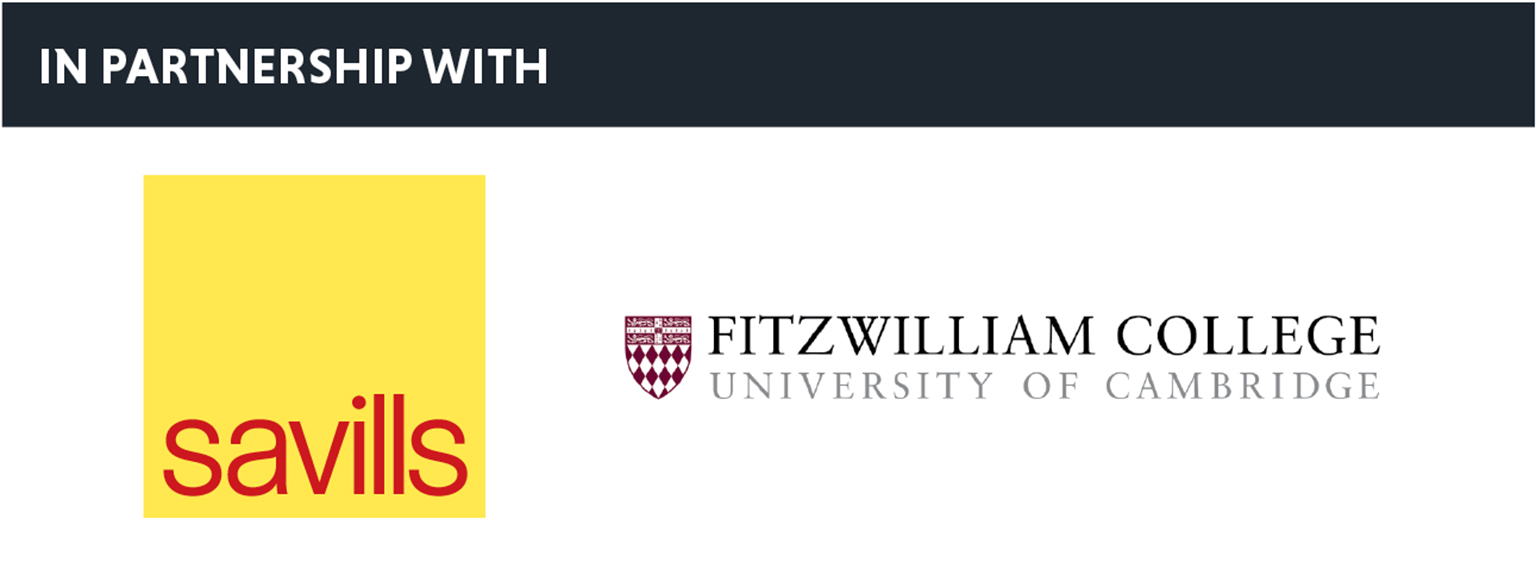Is your risk register growing these days? Investment committee scrutiny is tougher than ever. Valuations are in the spotlight and, especially in retail, begging questions. Housebuilders, meanwhile, are under fire over executive remuneration and product quality. And in a fast-changing climate, developers in every sector that aren’t seen to place as much emphasis on social impact as on profit are failing to win local authority support, failing to engage local communities and ultimately failing to deliver successful schemes.
This switch of emphasis will be a defining feature of the development landscape in the years ahead. For the more enlightened, it already is.
In March, at EG’s latest Peter Wilson lecture, Dame Fiona Reynolds urged developers to place greater emphasis on this broader context, which she summarised as “beauty”.
“Beauty can often be a means to deliver a better outcome, rather than a choice between no development and development,” the former head of the National Trust told a packed audience at Fitzwilliam College, Cambridge.
“Beauty is not just aesthetics, it is a way of looking at the world. Understanding the qualitative bit as well as the quantitative bit really does matter.”
Change of mindset
Many developers get it. Not all, though. “Developers have got to realise that there is more to development than bricks and mortar,” says John Moffat, development director at Capital & Centric.
“I don’t think it’s necessarily that you have to be philanthropic to take the view of development that good commercial sense and community social impact sit hand-in-hand,” he adds.
“If we’re not delivering a positive social impact from what we’re doing then, even if it has made a profit, that’s still not a successful development. That is a step change in mindset that we need to see.”
Speaking on an EG podcast after the Peter Wilson lecture alongside Rob Sadler, head of Savills’ Cambridge office, and Ami Kotecha, co-founder of Amro Real Estate Partners and managing director of AmroLiving, Moffat says the regional development market is slowly – but perhaps reluctantly – embracing the change.
“It is increasingly being seen as something that has to be done. But I think people are taking a view, almost begrudgingly, that we have to do this now, rather than seeing it as an opportunity to actually create something that is really special.”
Resi ahead of the curve
Others see it being embraced more willingly, especially in residential. Savills’ Sadler says the market in his part of the country at least is “already on that path”.
“What we’re seeing now is a new evolution in terms of development,” he says. “It’s what the market demands now.
“People are expecting a better quality of living. It’s just not directly about bricks and mortar any more; it’s about what you provide in terms of the amenity offer.
“It has to be affordable and there needs to be that work-living balance as well.
“With good architecture, good masterplanning and bringing amenities into the schemes, you’re talking about job creation and creating community spirit that in the long run will actually enhance the value of the product that you’re building.”
If social impact is to matter as much as profit – with long-term commercial value enhanced too – community engagement will be a key measure of success: new communities need to be fostered, and existing ones kept onside.
“Clearly, early engagement at the local level and making sure that your new development actually knits well into the local fabric is really key,” says Kotecha, who is looking at bringing a social enterprise into one of her schemes.
“I also think there is the need for local government to understand that they must also play ball.
The big picture
Scale, of course, makes it easier. ”We private developers can’t do everything, especially when you’re limited by your scale and you’re not part of the masterplanning exercise,” says Kotecha.
Sadler agrees. “It can be slightly easier if you’ve got scale because you are in control of all the elements,” he says.
But he acknowledges that, in residential, solutions are not going to come from the big housebuilders alone.
“It’s the others that are coming through that are providing longer-term sustainable developments and actually listening to what the next generation and all of us want in terms of sustainable buildings.”
For Moffat, engagement is all. “Whatever we do, it’s got to sit within the local context properly,” he says. “It’s got to address the local contact properly. It’s got to engage local people.
“One of the things that we see going forwards is that we want the public to be able to engage with our buildings, whatever the building is and whatever the use is.
“In some way, the public needs to have an engagement with that building, whether it’s a rooftop garden that they can use, or it’s a public square or they can come in and use the retail.
“Whatever it is, there has to be a route by which the public have an interaction with your asset. Otherwise, you’re just plonking a building in an area that has no direct correlation to the people around it.”
Part of the community
How much a building means to a community was highlighted last September when a fire destroyed parts of Liverpool’s iconic Littlewoods building. For developer Capital & Centric, it presented a fresh challenge and a renewed sense of purpose.
“We always knew it was a greatly beloved building and truly iconic,” says development director John Moffat.
“But the outpouring of grief and the well-wishing that happened immediately after the fire blew us away. It proves just how important that asset is to that local community.
“We’re fully committed to bringing it back and restoring it, and actually delivering something that’s hopefully going to be even better than what was there previously.”
And fire or no fire, that means focusing on community engagement and giving the community a stake in the development’s success.
“It’s a difficult context,” he says. “It’s an area of deprivation, and we’ve acknowledged the fact that we can’t just bring lots of great jobs and import people into that area to fill the job need.
“We’ve got to deal with that on a local basis.
“Part of what we’ve done is work with education partners to provide a full FE/HE offer on-site and then add an outreach programme into local schools to go and engage with young kids and enthuse them about the prospect of a job in this industry.
“They’ll be able to come in, be upskilled or reskilled and then go straight into employment on-site.
“The great thing is that this sector particularly offers a really broad range of skill sets, so the social mobility impact of that is fantastic.
“As a result, we see that we’re going to be able to engage with local disengaged young people and ensure that the building isn’t a wealthy enclave in the middle of a disadvantaged area, but actually engages and changes its local surrounding. It’s absolutely critical.”

To send feedback, e-mail damian.wild@egi.co.uk or tweet @DamianWild or @estatesgazette











